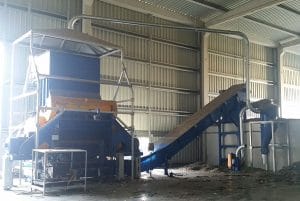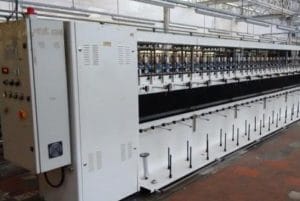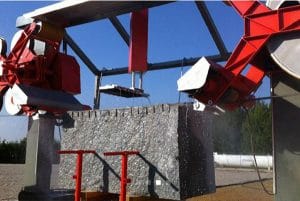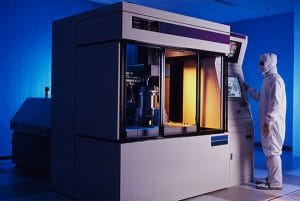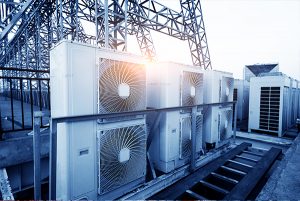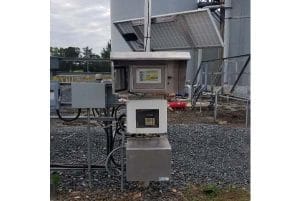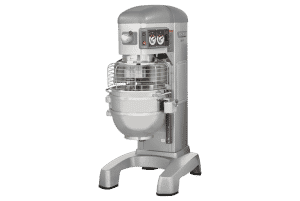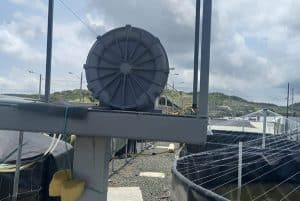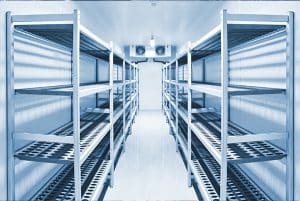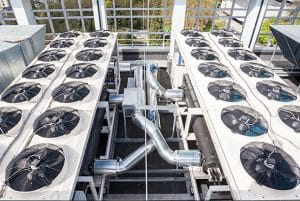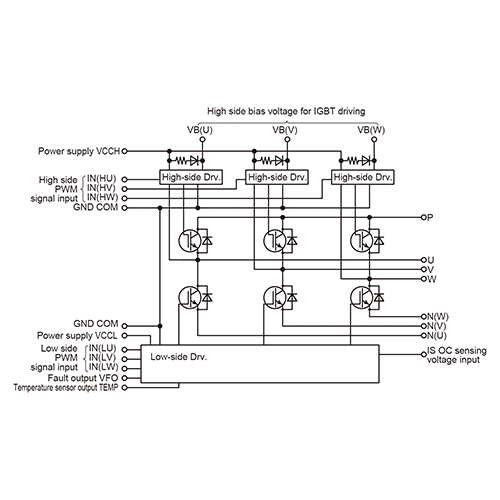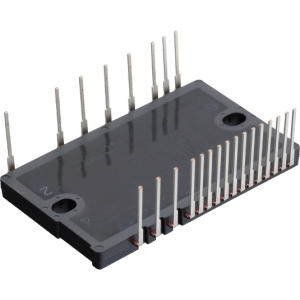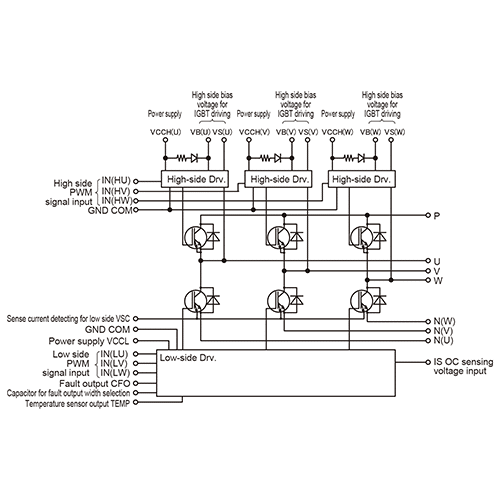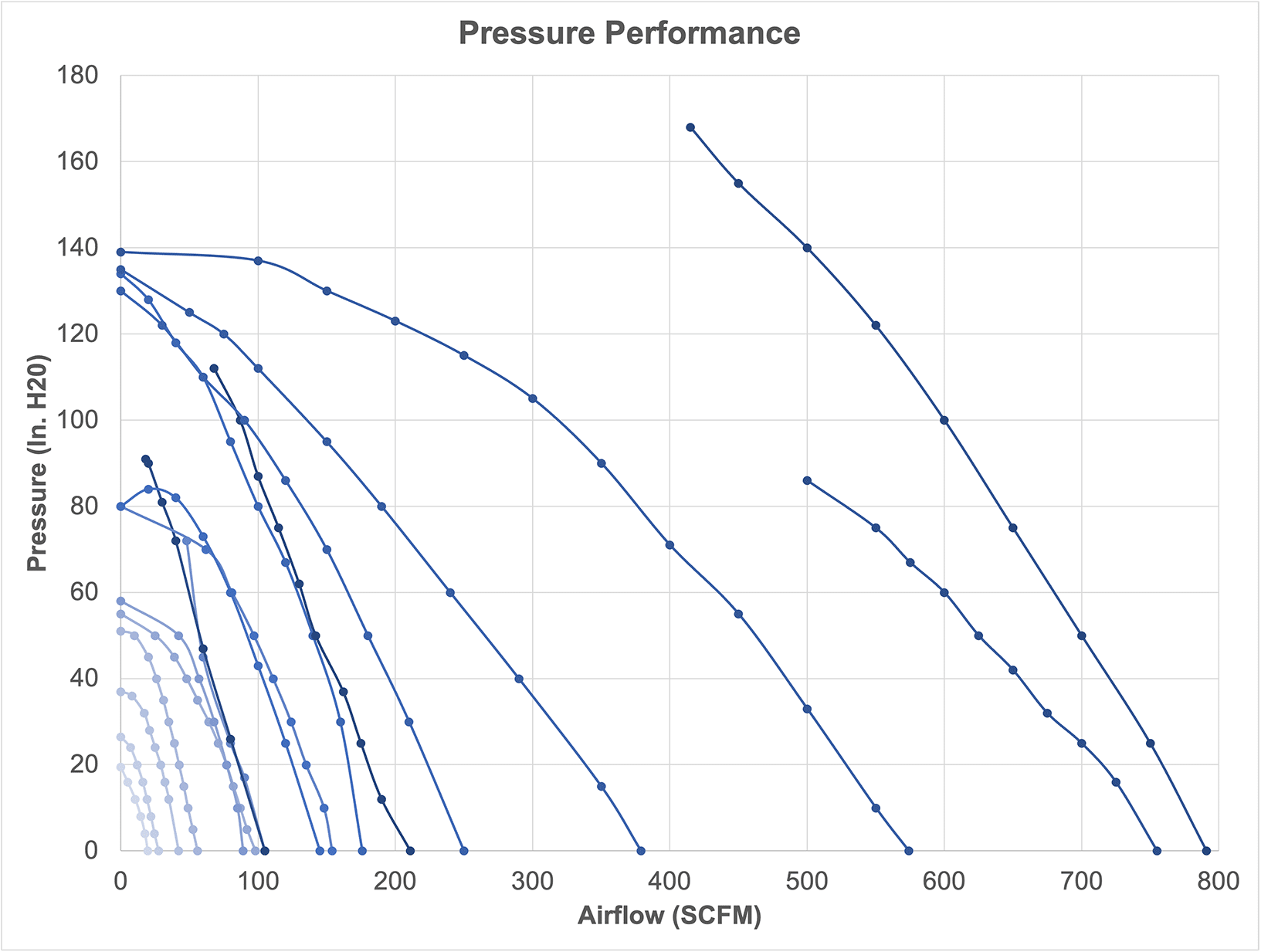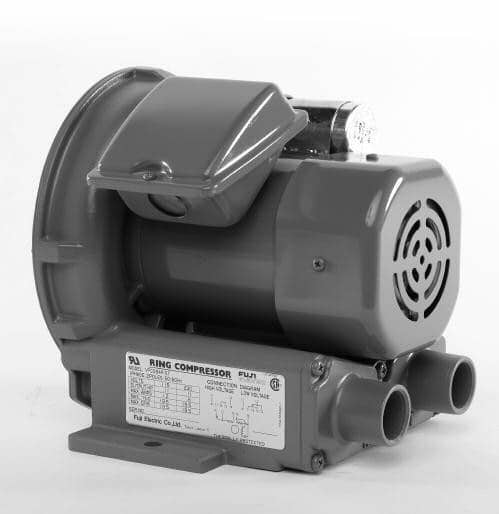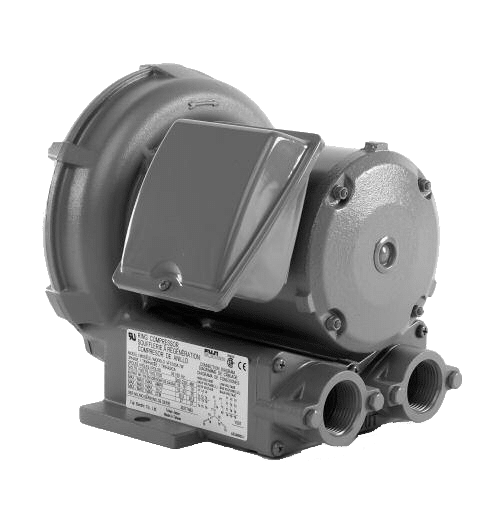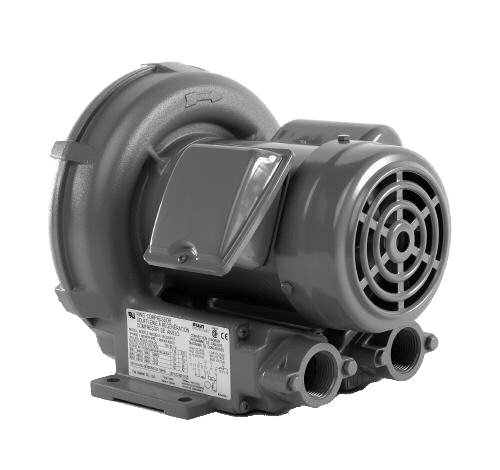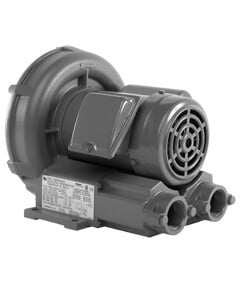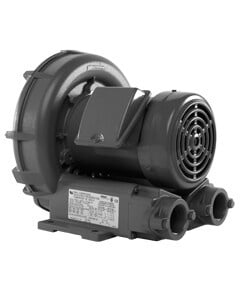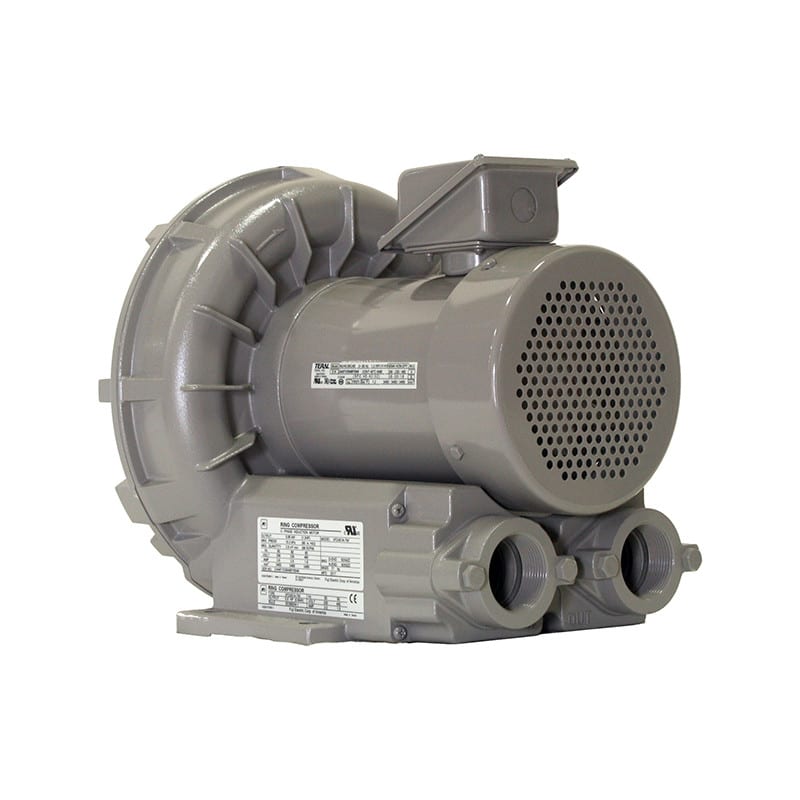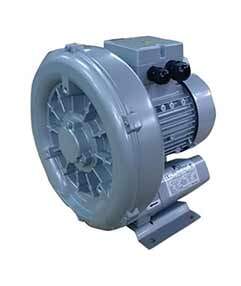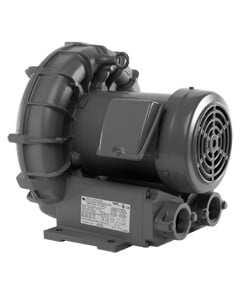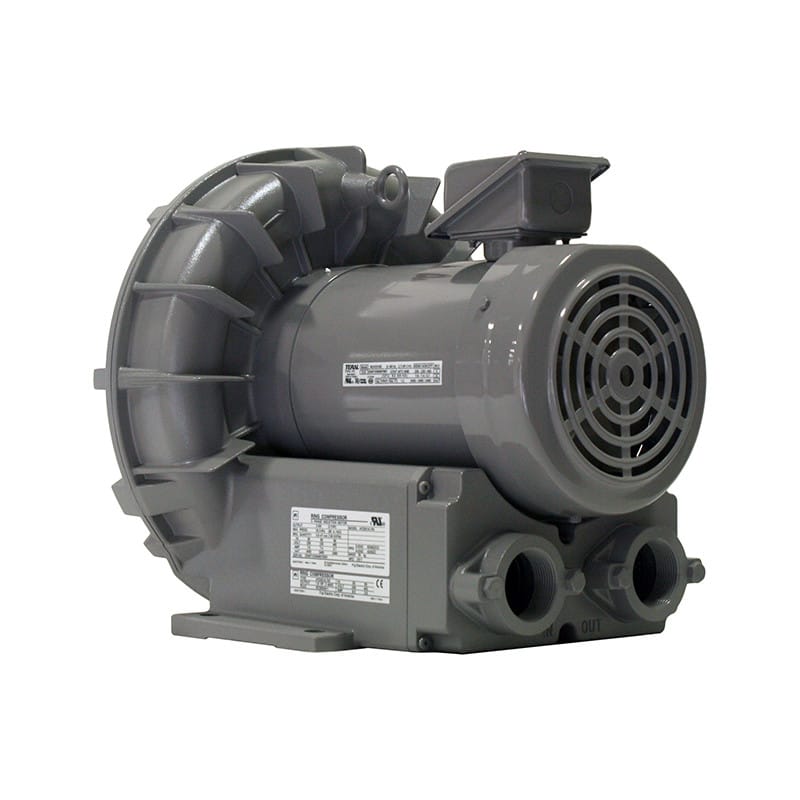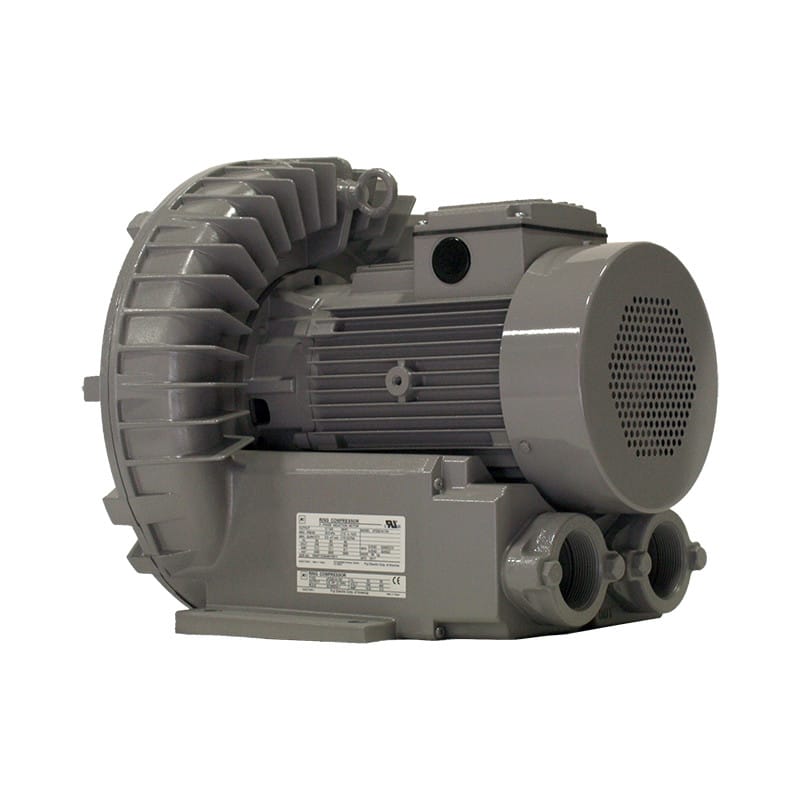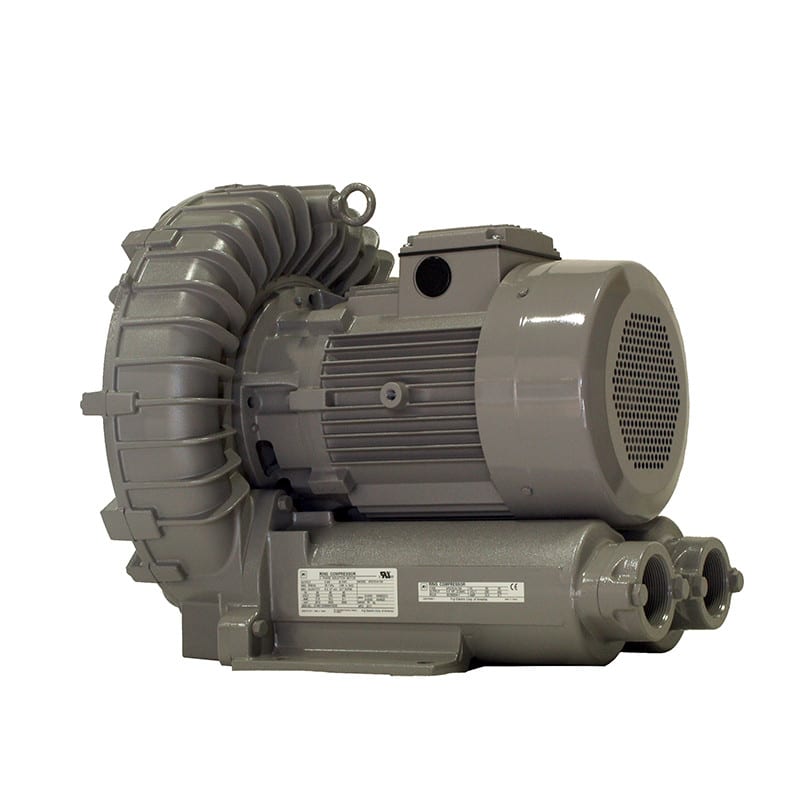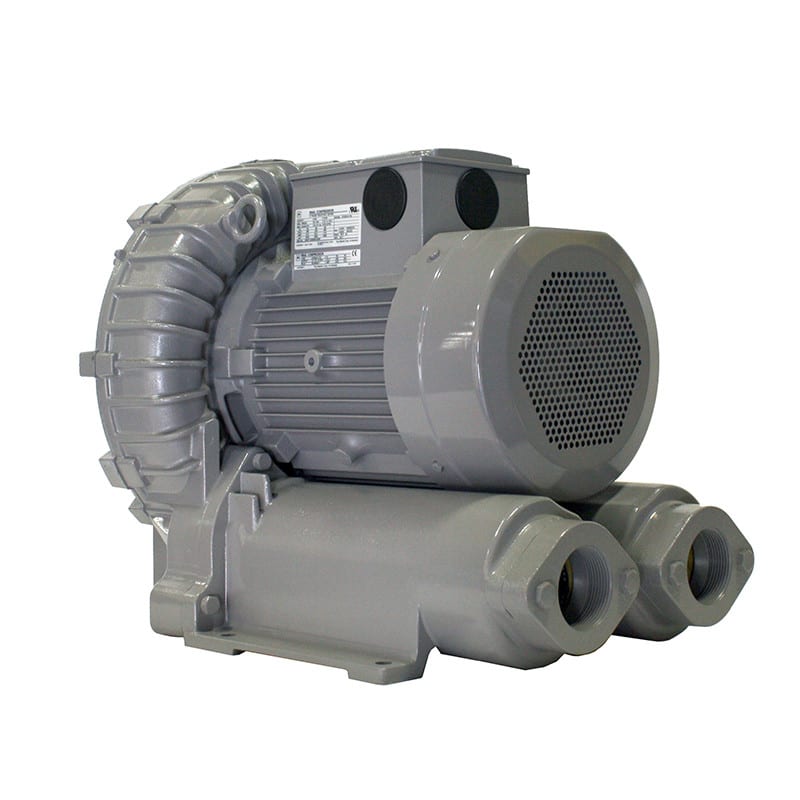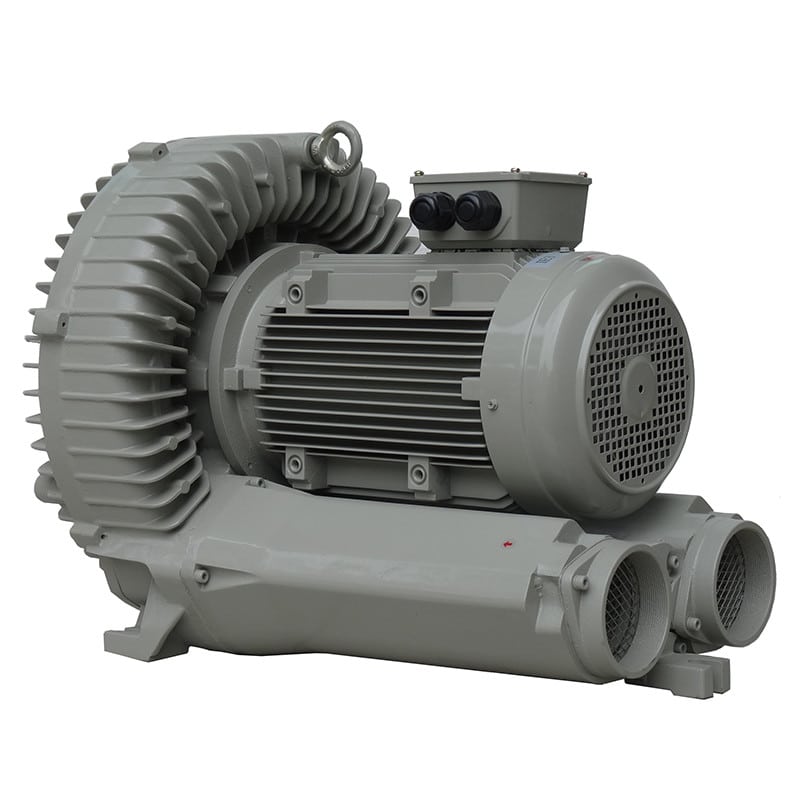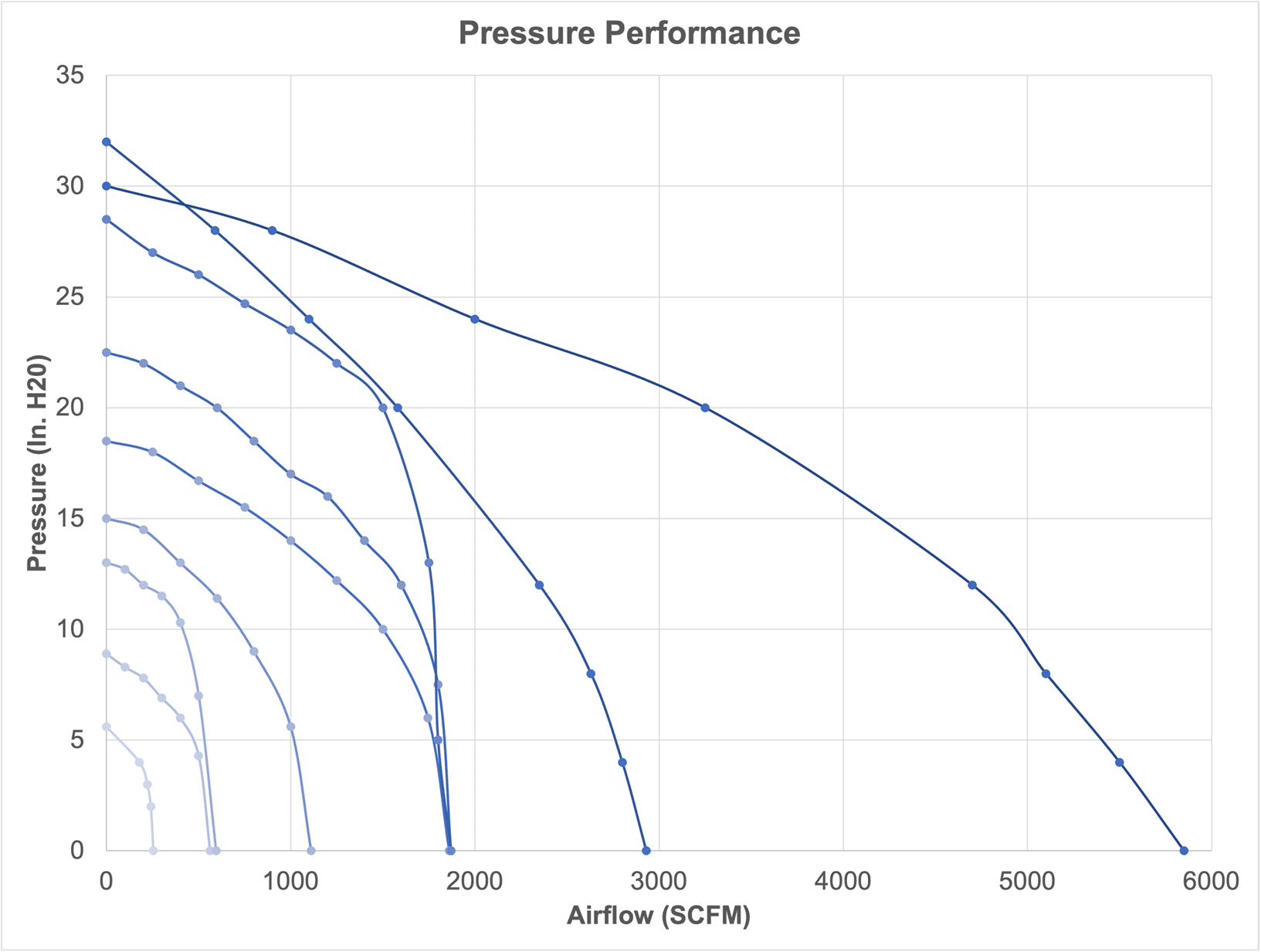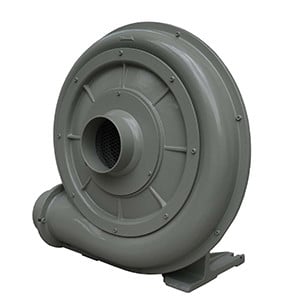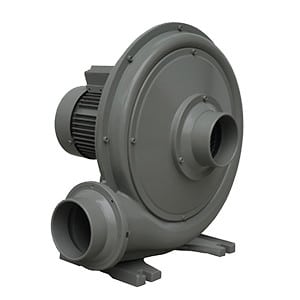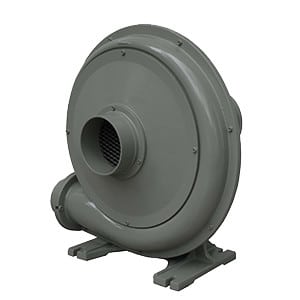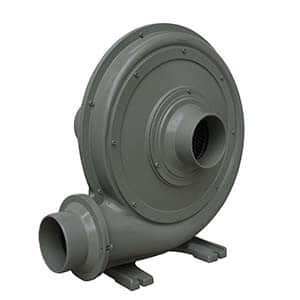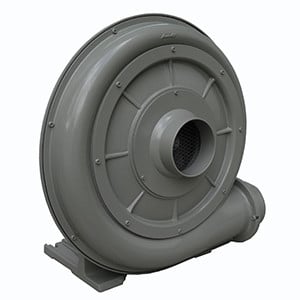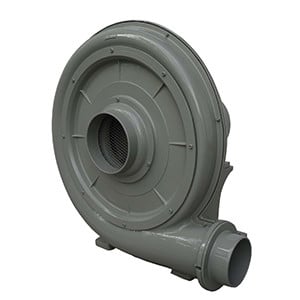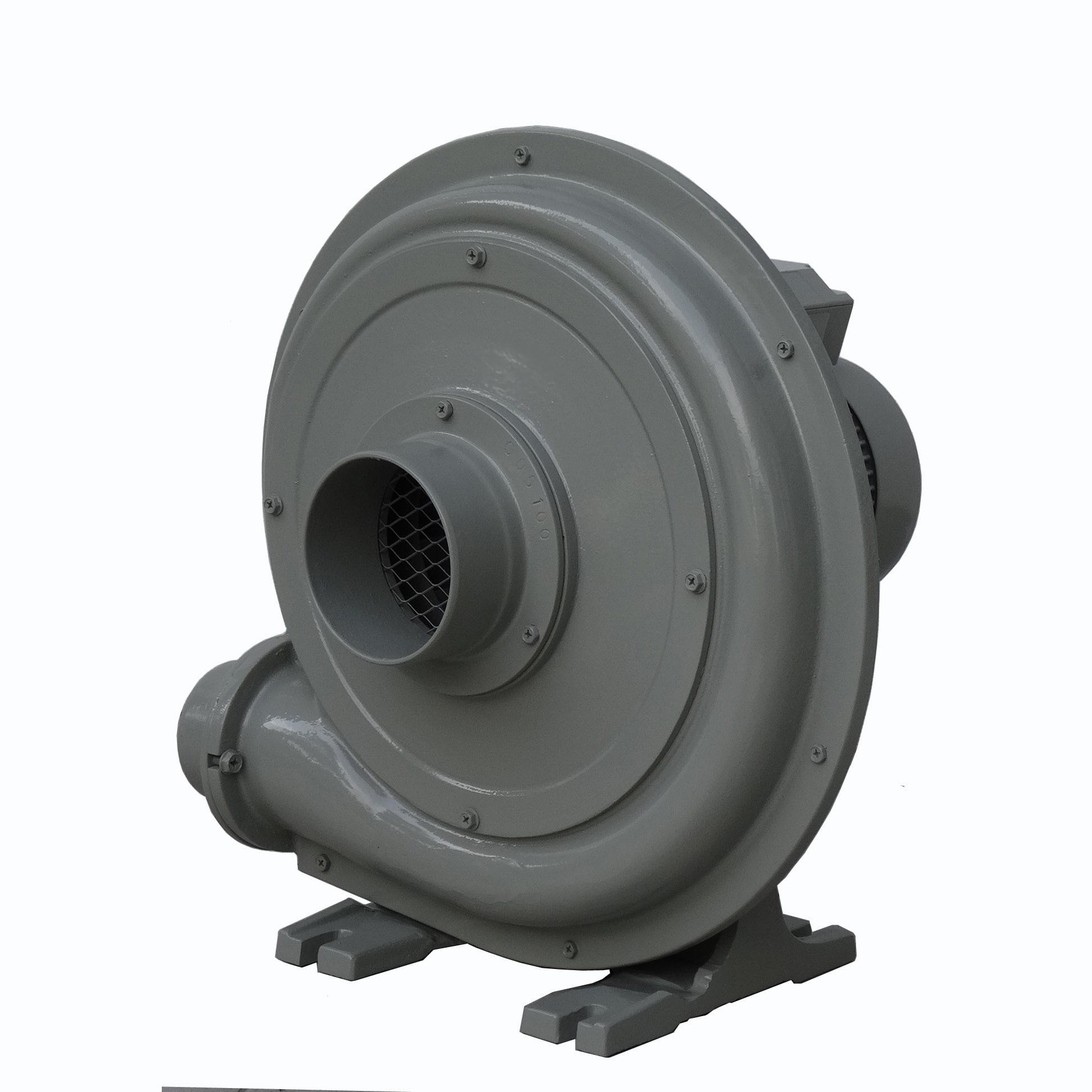The terms Tj(max) and Tj(op) refer to different aspects of the operating temperature of a semiconductor device, particularly in the context of its junction temperature. Here’s the distinction: 
- Tj(max) (Maximum Junction Temperature)
- Definition:
The maximum allowable junction temperature of a semiconductor device. This is the highest temperature the internal junction of the device can reach without risking damage or failure.
- Purpose:
- Acts as a design constraint.
- Ensures device reliability and prevents permanent damage to the semiconductor.
- Specified By:
The manufacturer in the device’s datasheet.
- Typical Values:
- For silicon-based devices: Around 125°C to 175°C.
- For wide-bandgap devices like SiC or GaN: Can exceed 200°C.
- Importance:
Exceeding Tj(max) may cause:
- Device failure.
- Degradation of materials (e.g., bond wires, packaging).
- Shortened lifespan.
- Tj(op) (Operating Junction Temperature)
- Definition:
The normal operating range of the junction temperature during typical device operation under specified conditions.
- Purpose:
- Describes the temperature range where the device is expected to function reliably without degradation.
- Indicates the expected thermal range in a properly designed system.
- Specified By:
The manufacturer, often as a range, such as -40°C to 125°C or similar.
- Typical Values:
- For many devices: -40°C to 125°C.
- For automotive or industrial devices: May extend to 150°C.
- Importance:
- Operating outside this range could impact performance or lead to failure over time.
- Staying within this range ensures reliable operation and adherence to performance specifications.
Key Differences Between Tj(max) and Tj(op)
| Feature | Tj(max) | Tj(op) |
| Definition | Maximum allowable junction temp. | Expected operating temp. range |
| Purpose | Design limit to prevent damage | Normal operational range |
| Specified By | A single upper-limit value | A temperature range |
| Impact of Exceeding | Permanent damage or failure | Degraded performance, potential issues over time |
| Examples | 125°C, 150°C, 175°C | -40°C to 125°C, -40°C to 150°C |
Practical Implications
- Thermal Design:
- Ensure the junction temperature stays within Tj(op) during normal operation.
- Include sufficient safety margin to prevent exceeding Tj(max) under worst-case conditions (e.g., high ambient temperature, peak loads).
- Reliability:
- Operating close to Tj(max) over prolonged periods may shorten device life, even if the limit isn’t exceeded.
- Heat Dissipation:
- Design cooling systems (e.g., heatsinks, fans) to manage heat dissipation effectively, keeping the junction temperature within Tj(op).
In summary:
- Tj(max): The hard limit you must not exceed.
- Tj(op): The temperature range for normal, reliable operation.




